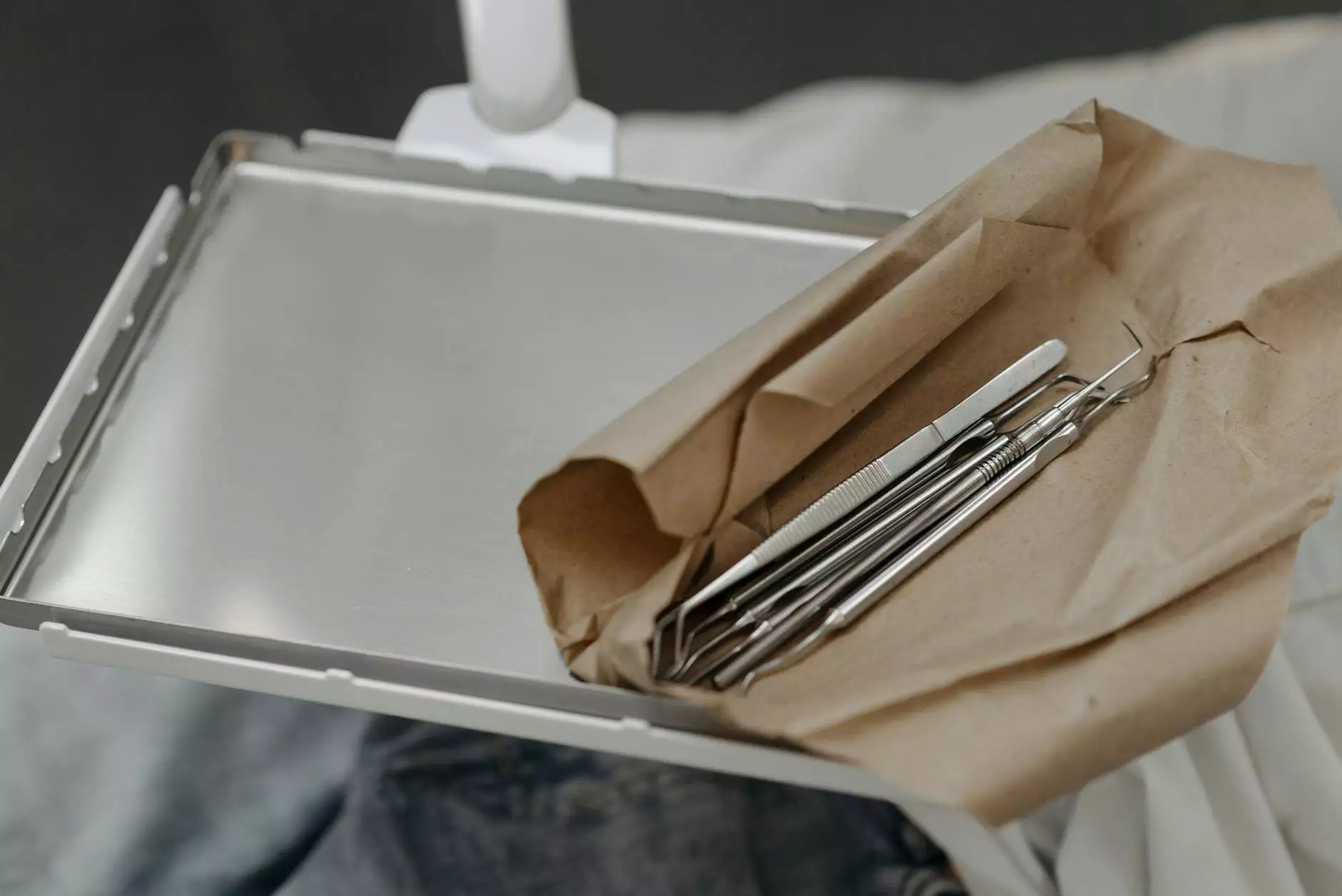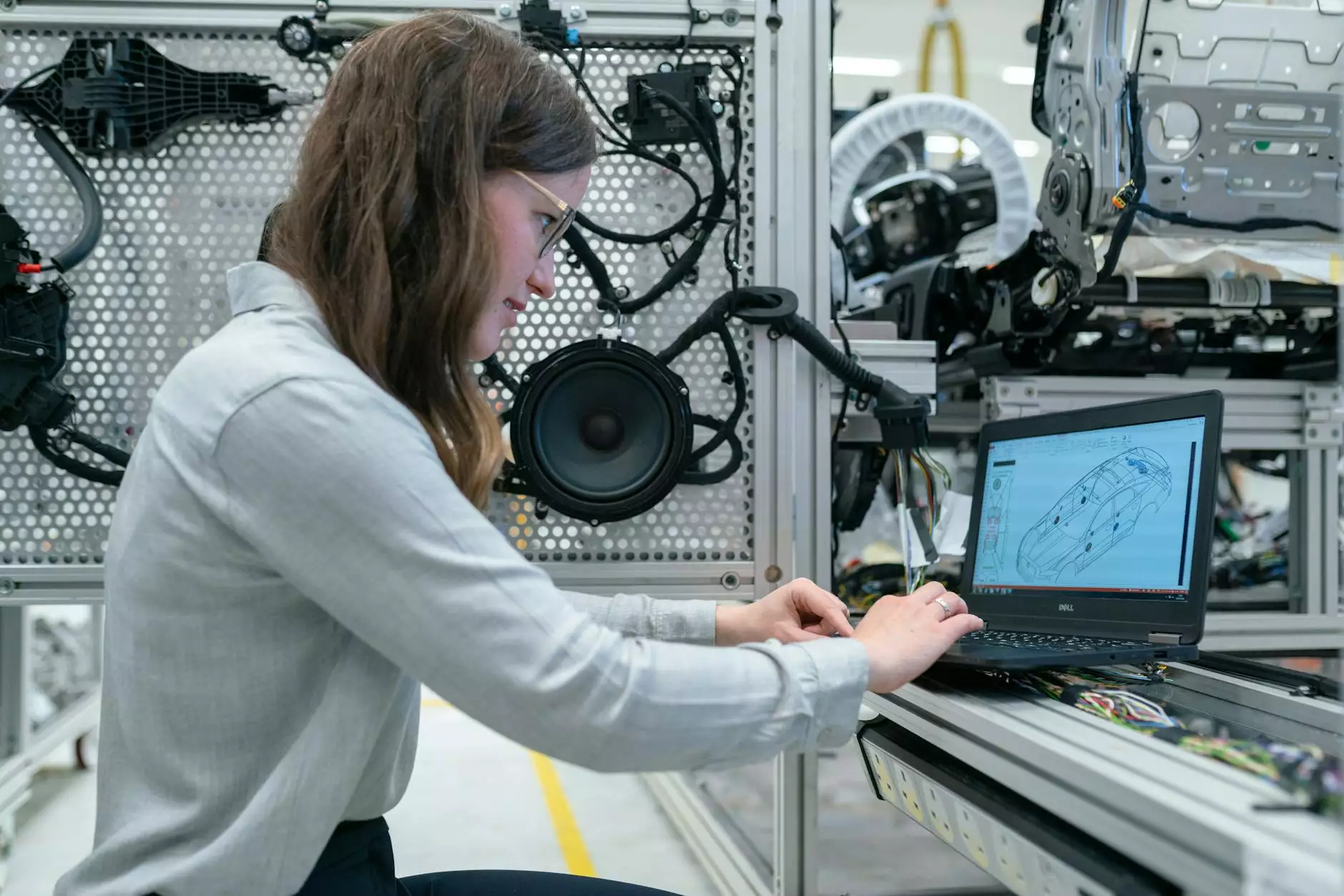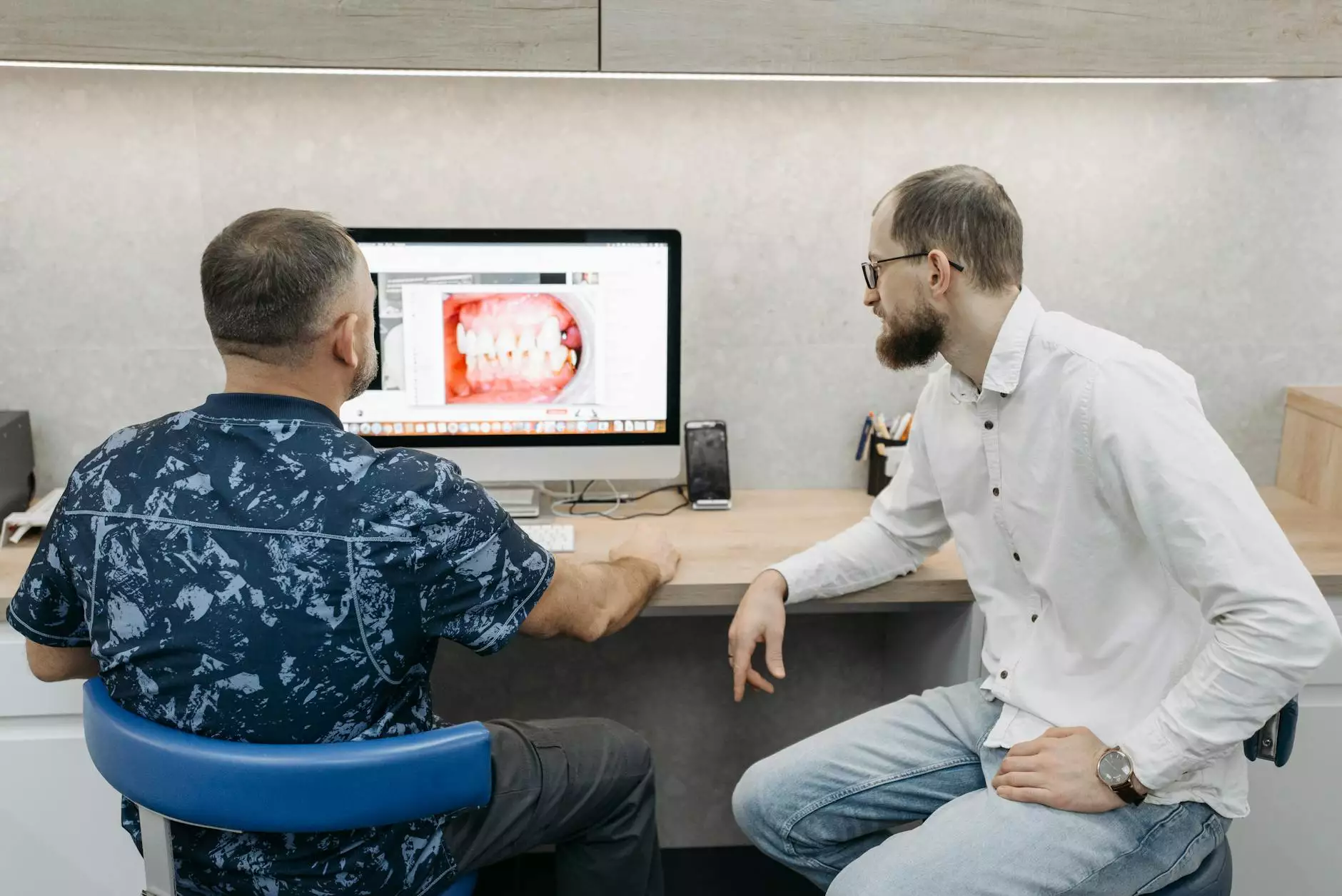Laparoscopic Bilateral Salpingo-Oophorectomy: Everything You Need to Know

The world of medical procedures is ever-evolving, and one of the most significant advancements in recent years is the introduction of laparoscopic bilateral salpingo-oophorectomy. This minimally invasive surgery offers numerous advantages over traditional methods, making it a preferred choice for many healthcare providers and patients alike. In this article, we delve deep into understanding what this procedure entails, its benefits, risks, and the recovery journey. Our goal is to provide you with a comprehensive guide that equips you with the knowledge needed to make informed decisions about your health.
What is Laparoscopic Bilateral Salpingo-Oophorectomy?
The term laparoscopic bilateral salpingo-oophorectomy can be broken down into several parts for clarity:
- Laparoscopic: This refers to a minimally invasive method of surgery using small incisions and a camera.
- Bilateral: Indicating the procedure is performed on both sides of the body.
- Salpingectomy: The surgical removal of the fallopian tubes.
- Oophorectomy: The surgical removal of the ovaries.
In essence, this procedure involves the removal of both ovaries and both fallopian tubes through small incisions made in the abdomen. The use of laparoscopic techniques minimizes tissue damage, leading to reduced recovery times and less post-operative pain.
Indications for Laparoscopic Bilateral Salpingo-Oophorectomy
There are several reasons why a physician may recommend this surgical procedure. The most common indications include:
- Ovarian Cysts: These fluid-filled sacs can cause pain and complications if they grow large or rupture.
- Endometriosis: A condition where tissue similar to the uterine lining grows outside the uterus, leading to chronic pain and potentially other health issues.
- Ovarian Cancer: In cases where cancer is diagnosed, a salpingo-oophorectomy is often necessary to prevent the spread of cancerous cells.
- Genetic Predisposition: Women with a family history of ovarian or breast cancer may choose to undergo this procedure as a preventive measure.
Benefits of Laparoscopic Bilateral Salpingo-Oophorectomy
The benefits of opting for a laparoscopic bilateral salpingo-oophorectomy are numerous. Here are some of the primary advantages:
- Minimally Invasive: Smaller incisions typically mean less scarring compared to open surgery.
- Reduced Pain: Many patients experience less post-operative pain, allowing for better pain management.
- Quicker Recovery: Recovery time is significantly shortened. Most patients can return to normal activities within a few weeks.
- Lower Risk of Infection: Smaller wounds result in a lower chance of infection than larger surgical openings.
Understanding the Procedure
The actual procedure for laparoscopic bilateral salpingo-oophorectomy involves several steps, performed under general anesthesia:
- Preparation: The patient will be asked to not eat or drink for several hours before the procedure.
- Anesthesia: Once sedated, the surgeon will make a few small incisions in the abdomen.
- Insufflation: Carbon dioxide gas is introduced into the abdomen to create space for the surgeon to work.
- Insertion of Instruments: A laparoscope (a small camera) and specialized surgical instruments are inserted through the incisions.
- Removal of Ovaries and Fallopian Tubes: The surgeon carefully detaches the ovaries and fallopian tubes from surrounding tissue and removes them.
- Closure: The incisions are closed with sutures or surgical tape, and the patient is moved to recovery for monitoring.
Potential Risks and Complications
Like any surgical procedure, laparoscopic bilateral salpingo-oophorectomy does carry some risks. While complications are rare, they can include:
- Bleeding: Excessive bleeding during or after surgery may occur.
- Infection: Any surgical procedure involves a risk of infection at the incision sites.
- Damage to Surrounding Organs: There is a minimal risk of damaging nearby organs such as the bladder or intestines.
- Anesthesia Complications: As with any surgery requiring anesthesia, there are potential risks associated with its use.
Recovery and Aftercare
Post-operative recovery for laparoscopic bilateral salpingo-oophorectomy is typically swift. Most patients can expect the following:
- Hospital Stay: Often outpatient, meaning the patient can go home on the same day or may stay overnight for monitoring.
- Follow-up Appointments: Patients should attend follow-up visits to monitor progress and address any concerns.
- Pain Management: Over-the-counter pain relievers may suffice, but some may need prescription medications.
- Activity Restrictions: Patients are usually advised to avoid strenuous activities and heavy lifting for several weeks.
Long-term Effects and Considerations
While the immediate recovery from a laparoscopic bilateral salpingo-oophorectomy is typically favorable, patients should be aware of long-term considerations:
- Hormonal Changes: Removal of the ovaries leads to a decrease in hormone production, which can result in menopause symptoms.
- Fertility Implications: For women wishing to conceive in the future, this procedure eliminates the possibility of natural conception.
- Follow-up Care: Continuous monitoring and follow-up with healthcare providers can help manage any long-term effects.
Is Laparoscopic Bilateral Salpingo-Oophorectomy Right for You?
Making the decision to undergo a laparoscopic bilateral salpingo-oophorectomy is significant and should not be taken lightly. It is crucial to have an in-depth discussion with your healthcare provider about your medical history, symptoms, and overall health goals. They can help you weigh the benefits and risks, guiding you towards the best decision for your personal health.
Conclusion
In conclusion, the laparoscopic bilateral salpingo-oophorectomy procedure presents a remarkable advancement in the field of gynecological surgery. Its minimally invasive nature, combined with fewer complications and a quicker recovery time, makes it a favorable option for many women facing specific health challenges. However, like any medical decision, it is essential to be well-informed, recognizing both the immediate benefits and potential long-term effects. For personalized guidance and quality medical care, visit us at drseckin.com.









